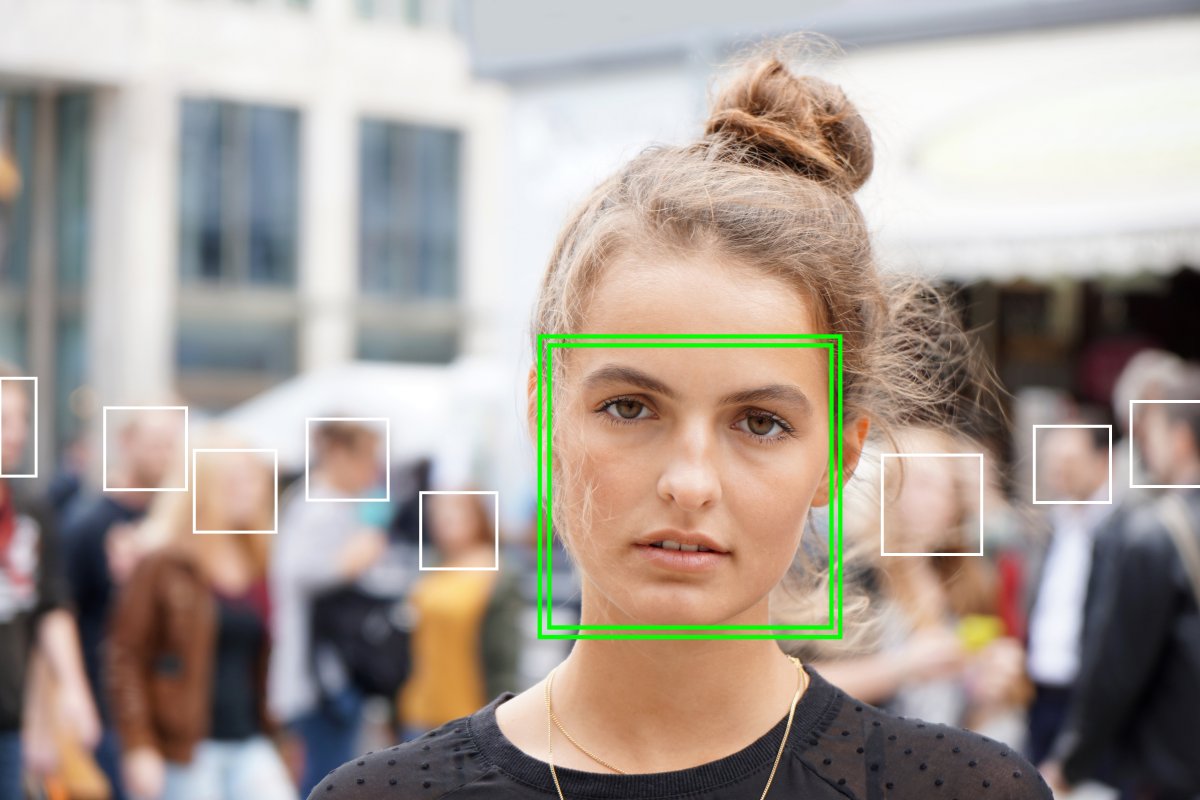The concept of dead loved ones communicating with us from beyond the grave has long been a haunting part of our collective imaginations. However, the rise of AI technology means that these scenarios may no longer be confined to the realm of horror films or Stephen King novels. In fact, chatbots and smart speakers designed to mimic the voices and personalities of deceased individuals are already a reality.
Stefan Larsson, a researcher at Lund University in Sweden, has proposed examining these “resurrection technologies” in detail. At the HRI (Human-Robot Interaction) conference, Larsson introduced the topic of Necrorobotics, which is essentially an exploration of the ethical concerns that these technologies raise.
For instance, Microsoft has developed a chatbot that can replicate the speech patterns of a specific person by analyzing social data such as electronic messages, images, and voice recordings. Similarly, Amazon has introduced a voice assistant feature where the voice of a deceased loved one can be heard through a smart speaker. It is said that less than a minute of the deceased’s recorded voice is enough to create a realistic imitation.
Larsson argues that these new technologies point to a “golden era” of AI, where science fiction is becoming a reality. However, he also suggests that such developments raise several ethical concerns. For example, who has the right to access and use the data of deceased individuals? What implications will this technology have on the grieving process? Plus, there is the potential for these technologies to be misused, causing psychological harm to those who are already struggling with the loss of a loved one.
Larsson believes that the emergence of these resurrection technologies is only the latest development in a long history of mourning and commemorating the dead. As such, it is important to keep a close eye on how the technology develops and to address the normative issues that arise. While it may have the potential to bring comfort and closure to some, it is crucial that the ethical implications are carefully considered before it becomes widely available.



